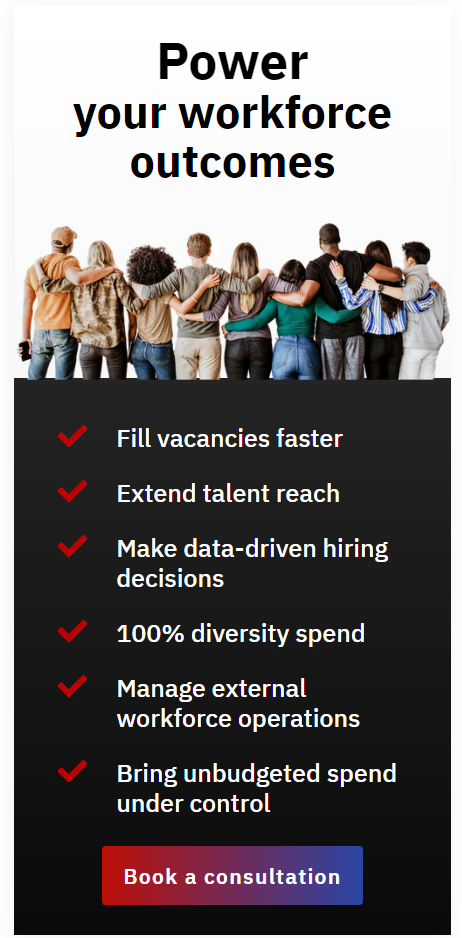The Great Resignation and the Tech Skills Gap
2021 was the year of reflection and boy did we all reflect. Unfortunately for businesses (especially tech) that led to what is now known as the Great Resignation – a wave of workers resigning from their jobs. Some reports claim that a third of tech workers are planning to quit their current employment in the next 12 months. This leaves businesses in a bit of a predicament to say the least, as the candle is being burnt at both ends. Not only are businesses losing workers but they are also struggling to attain new talent with 69% of employers having difficulty filling job roles.
Furthermore, highly skilled tech workers such as Cybersecurity Experts, Information Security Analysts, Computer Systems Analysts, and Web Developers are expecting more from their employers in a variety of different ways, from greater pay to allowing them to work flexibly. Meaning they are leaving their current roles for jobs that suit their needs and offer them greater benefits.
These circumstances have led to a tech skills gap, where the workers leaving have more experience than the ones being recruited. It is a big problem for businesses and one that they need to overcome. Moreover, it is hugely expensive for businesses as it can cost up to 200% of a high-performing worker’s salary to replace them, which is why it’s so vital to prevent this from occurring in your business.
What are the solutions?
Businesses need to find the right workers for their vacancies but, due to the tech skills shortage, you only have one of two choices – employ less-experienced workers or offer higher pay to experienced talent. So, how can you overcome this challenge?
Here are the 3 solutions to bridge the tech skills gap in 2022:
1. Reskilling/Upskilling
Humans have an urge to learn, it keeps our brain active and thriving, and workers will often want to improve their skills to progress their careers. Therefore, it is a viable option to hire from within the organization itself, taking hard workers who are willing to learn, and upskilling those individuals to fill vacancies.
Furthermore, businesses can invest in training programs to ensure workers have the skill required to do the job asked of them. Large companies like Amazon have realized the need for this and have invested $700 million in upskilling training programs for their workforce.
Upskilling their own workers allows organizations to pay less for their talent, whilst also promoting employee loyalty. Additionally, it’s an effective way to keep workers engaged. A survey conducted by Amdocs claimed that 90% of respondents are looking for strong training and upskilling programs in their future employment – it’s becoming a priority to workers. Therefore, not only would organizations be satisfying their talent needs faster but also making themselves seem more attractive to new talent.
2. Work-life balance
Since the pandemic, we’ve learned the importance of work-life balance, and how employers need to view it with greater importance than they do presently. If you want to lessen the tech skills gap in your company, a way to retain experienced workers is by allowing them to work flexibly. This may mean allowing them to finish work a little earlier each day to pick up the kids from school or working from home a few days a week. Nevertheless, this flexibility appeals to the idea of a work-life balance and presents a more attractive offer to new talent.
Work-life balance differs from person to person, so it’s about finding a medium of what’s right for both the business and the worker. In fact, 62% of tech workers would leave their job for a better work-life balance. Hence why organizations should embrace these new models of work, so that their employees can achieve a better work-life balance and improve performance in their roles.
The tech industry is often seen as the industry that provides the best work-life balance. Therefore, it’s important to prioritize the new workforce models to attain and retain top tech talent.
3. MSP
More and more people are wanting to work in the gig economy, heavily influencing how businesses manage their workforces. For this reason, it is crucial and beneficial for organizations to start leveraging the gig economy in their workforce strategies. A good way to do this is to work with a Managed Service Provider (MSP) like Workspend. MSPs not only set the job rates which allows the business to understand the current salary talent are expecting, but they will also take over the problem and help find solutions.
Partnering with an MSP is a cost-effective way to overcome the tech skill shortage in your business and save valuable time. Ordinarily, an MSP will take over certain tasks that HR teams don’t need to focus on anymore, like managing IT infrastructure, offering technical support, adding cybersecurity software to IT, handling contract management, and more.
For any organizations looking to manage and fulfill its talent needs, an MSP partner presents an opportunity to optimize many key areas in your business.

Chloe Mumford
Author


